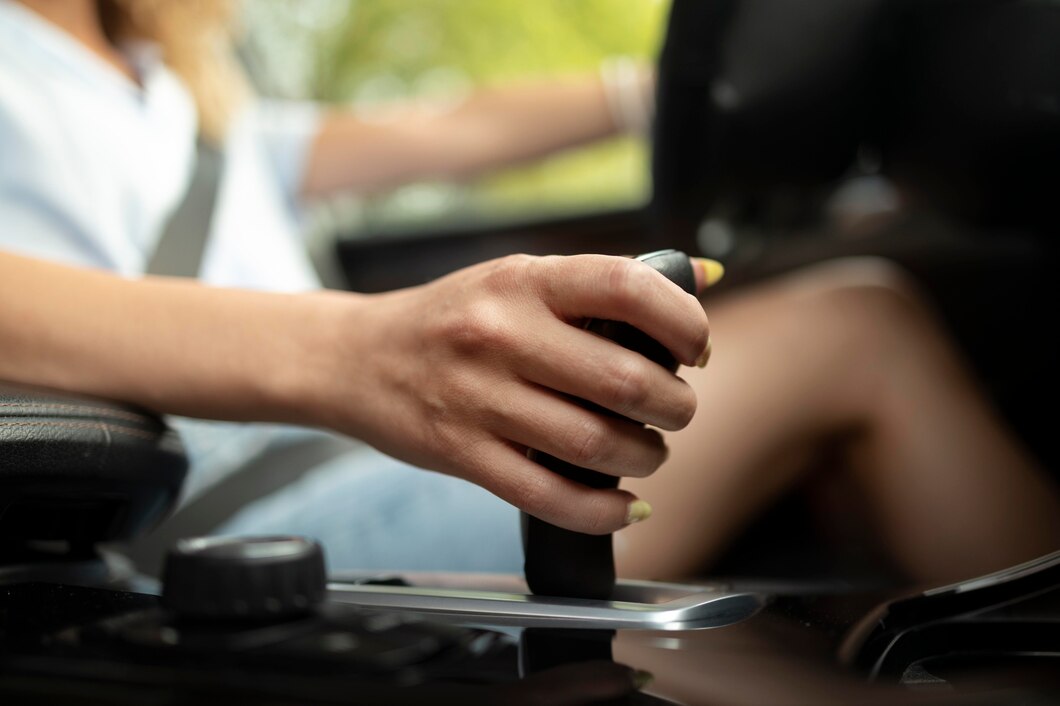Your car’s transmission is a crucial component responsible for transferring power from the engine to the wheels. When it starts to slip, it can indicate various underlying issues that, if left unaddressed, could lead to significant damage and costly repairs. Recognizing the early signs of transmission slipping can help you take proactive measures to maintain your vehicle’s performance and reliability. Here are some key indicators to watch out for:
1. Delayed or Rough Shifting
One of the most common early signs of transmission slipping is delays or roughness when shifting gears. You may notice a hesitation or jerkiness when accelerating, especially when moving from a stop or changing gears. This occurs because the transmission is struggling to engage the next gear properly, often due to worn-out clutch plates, low transmission fluid, or hydraulic issues.
2. RPM Fluctuations
Pay attention to your car’s RPM (revolutions per minute) gauge during normal driving. If you notice the RPMs suddenly increasing without a corresponding increase in vehicle speed, it could indicate transmission slipping. This phenomenon occurs when the transmission fails to maintain a consistent connection between the engine and wheels, resulting in a loss of power and efficiency.
3. Unusual Noises
A slipping transmission can produce various unusual noises that indicate internal issues. You might hear whining, humming, or grinding sounds coming from the transmission while driving. These noises can occur during gear changes or even when the car is idling. They typically stem from worn-out gears, damaged bearings, or insufficient transmission fluid levels, all of which can contribute to slipping.
4. Burnt Smell or Fluid Leaks
A burning odor inside or around your car could indicate overheating transmission fluid. When the transmission slips, it generates excess heat due to friction between moving parts. Over time, this heat can cause the transmission fluid to burn, emitting a distinctive burnt smell. Additionally, check for any signs of fluid leaks under your vehicle. Low transmission fluid levels can exacerbate slipping issues and indicate potential leaks that need immediate attention.
5. Difficulty Engaging Gears
If you experience difficulty shifting gears, particularly into reverse or from park to drive, it may indicate transmission slipping. You might feel resistance or find it challenging to move the gear lever smoothly. This issue can arise from problems with the transmission’s hydraulic system, such as worn-out seals or malfunctioning solenoids, which affect the gearbox’s ability to engage gears properly.
6. Check Engine Light
While the check engine light (CEL) can signal various issues, including transmission problems, it may illuminate specifically for transmission slipping if your vehicle is equipped with a transmission control module (TCM). Modern cars with sophisticated onboard diagnostics can detect abnormal transmission behavior and trigger the CEL to alert you to potential issues. A diagnostic scan can help pinpoint the specific cause of the transmission slip.
7. Loss of Acceleration
A slipping transmission can significantly impact your car’s acceleration and overall performance. You may notice a gradual decrease in acceleration power or find it challenging to maintain consistent speed, especially when climbing hills or overtaking other vehicles. This loss of power occurs because the transmission fails to transfer engine power efficiently to the wheels, resulting in reduced performance and responsiveness.
Your car’s transmission plays a vital role in ensuring smooth and reliable operation on the road. Early detection of transmission slipping signs can help you address underlying issues promptly, preventing further damage and expensive repairs. If you observe any of these symptoms, it’s essential to consult a qualified mechanic or transmission specialist for a thorough inspection and diagnosis. Taking proactive steps to maintain your transmission’s health can prolong its lifespan and keep your vehicle running smoothly for miles to come.











